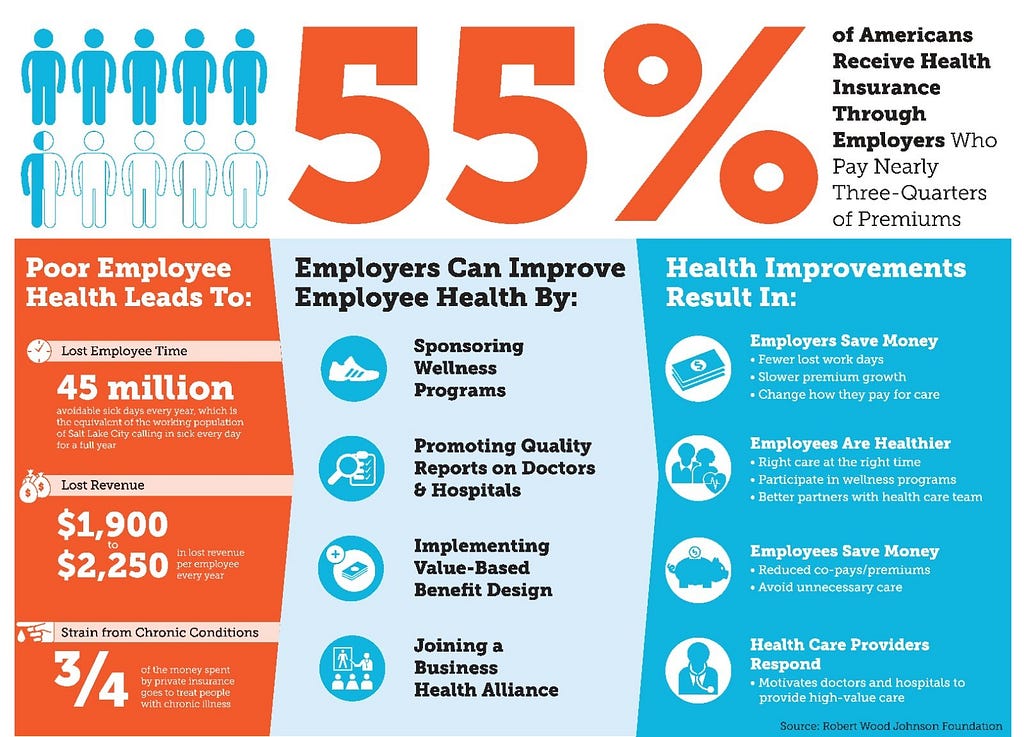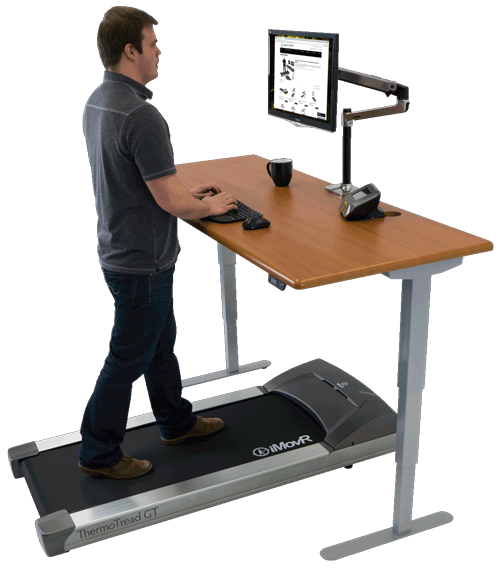Latest news about Bitcoin and all cryptocurrencies. Your daily crypto news habit.

As I sit in my clients’ trendy downtown Toronto office, the epitome of start-up culture — I find myself encountering phenomena I was previously unaccustomed to in the traditional corporate world.
The Open Workspace
Coming from one of the largest technology companies in Canada which has literally been around for over 100 years — the environment I’m well versed in is one of traditional corporate culture. Akin to that of banks and governments, I have always been accustomed to the type of environment focused on privacy and productivity. The type of environment that fosters traditional hierarchical management theorem and “casual Fridays”. The offices I came from had deluxe coffee machines, never kombucha and craft beer on tap.
However, out of all the things prevalent in start-up culture, be it the ping pong tables, catered lunches, or the dogs running around the office… the one thing I’ve never gotten used to is the open workspace.
At first, I thought I was just old–school, wearing a collared shirt and blazer into the client’s office when everyone else had t-shirts, shorts, and longboards. I figured that, although business practice may transcend time and culture, the way I dress — does not.
That’s fine, but why am I having so much trouble acclimatizing to an open workspace?
If this was the future of business, the road to increased productivity why was I having so much trouble adjusting to it!
Turns out, I’m not alone.
As I started doing more research into the subject, I realized the attitudes towards open and closed workspaces are polarized and partisan (surprised? nope). Various business experts and management gurus will debate the productivity, employee engagement and stress levels associated with one or the other but through all the notice, I started to notice trends.
Although there are multiple views, I would argue that most arguments for an open workspace environment boil down to these three main points.
- Open spaces promote better collaboration and happiness
- Open Spaces are more cost-effective
- Open Spaces prevent or alleviate pain
Let’s not discuss the cost-benefit point because we can all understand that if you’re purchasing less furniture for your office, your costs will be lower. That being said, no employer ever won favour over their employees by saying that they were putting their personal comfort in the workspace aside to protect their bottom line (although it does happen quite often). We can’t reasonably assume that’s the only influencing factor that has caused widespread favoritism towards the open workspace concept.
Open spaces promote better collaboration and happiness
WRONG
A study from Harvard Business School found that open workspaces and office layouts actually inhibit face-to-face interaction and collaboration. Although the open workspace was supposed to unlock creativity and collaboration, they have been shown to actually have the opposite effect.
It turns out that many people actually miss the chance to move away from the constant interaction with their peers. Because of the forced constant contact, employees proactively avoid face-to-face interaction with each other, effectively inhibiting collaboration.
Open Spaces prevent or alleviate pain
WRONG
Employee health, both physical and mental is becoming of paramount importance with employers. Initiatives to promote healthier employees such as Newtopia’s entire business model, or Bell’s Let’s Talk day encourage healthy work environments and workers.
The argument for the ability to be mobile and active at work falls under the open workspace umbrella because many companies who are forward thinking and offer open workspaces also focuses on trendy initiatives which encourage physical and mental health in the workplace. These initiatives might include standing desks, treadmill desks, bosu ball desks and various other items that encourage activity at the workplace.
Although healthy initiatives might be more prevalent in forward-thinking companies, correlation does not equal causation. I would argue that initiatives focused on healthier employees can be implemented with equal effectiveness in closed workplace environments.
A study at Queensland University of Technology’s Institute of Health and Biomedical Innovation, verified these results finding that working in open workspaces and offices “caus[es] high levels of stress, conflict, high blood pressure, and a high staff turnover.”
In case you weren’t that convinced by the Harvard study, and the Queensland study, the Journal of Environmental Psychology just came to the exact same conclusion.
“Enclosed private offices clearly outperformed open-plan layouts in most aspects of IEQ (Indoor Environmental Quality), particularly in acoustics, privacy and the proxemics issues. Benefits of enhanced ‘ease of interaction’ were smaller than the penalties of increased noise level and decreased privacy resulting from open-plan office configuration.”
Funny enough, people don’t like being constantly engaged by their co-workers without reprieve. The true root cause of these open environments is startup culture propagated by companies like Apple and Facebook who were industry leaders and innovators in many aspects of business. Unfortunately, when it came to the office environment, the Apples and Facebooks should have held to the mantra, “If it ain’t broke, don’t fix it”.
In closing, enjoy some of the worst open office layouts, courtesy of INC.
The 8 Ugliest Open Offices of All Time
Let’s stay in touch!
Medium — https://medium.com/funnel-overload
Twitter — https://twitter.com/sdouglasclary
Facebook — https://www.facebook.com/sdouglasclary
Instagram — https://www.instagram.com/sdouglasclary/
Linkedin — https://www.linkedin.com/in/sdouglasclary/
The Open Workspace Doesn’t Work was originally published in Hacker Noon on Medium, where people are continuing the conversation by highlighting and responding to this story.
Disclaimer
The views and opinions expressed in this article are solely those of the authors and do not reflect the views of Bitcoin Insider. Every investment and trading move involves risk - this is especially true for cryptocurrencies given their volatility. We strongly advise our readers to conduct their own research when making a decision.



